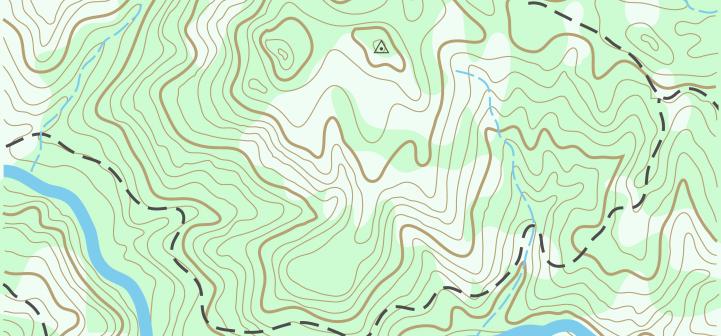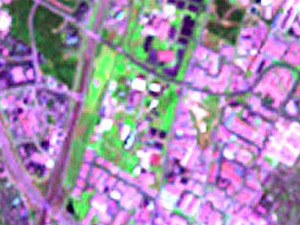When an image is created through remotely sensed data, it needs to undergo some form of validation procedure using observational and/or sampling techniques. Failure to do so will reduce the confidence in the final product. The following are examples of remote sensing resampling methods:
Nearest neighbor
Nearest neighbor is a resampling method used in remote sensing. The approach assigns a value to each “corrected” pixel from the nearest “uncorrected” pixel. The advantages of nearest neighbor include simplicity and the ability to preserve original values in the unaltered scene. The disadvantages include noticeable position errors, especially along linear features where the realignment of pixels is obvious.
Bilinear filtering / interpolation
Bilinear can refer to bilinear filtering or bilinear interpolation. Bilinear filtering is an image smoothing method when the image is displayed larger or smaller than it actually is. Bilinear filtering uses points to perform bilinear interpolation. This is done by interpolating between the four pixels nearest to the point that best represents that pixel (usually in the middle or upper left of the pixel).
Cubic convolution
Cubic convolution is a method used to determine the gray levels in an image through a weighted average of the 16 closest pixels to the input coordinates. The resulting value is then assigned to the output coordinates. This method generally is considered better than bilinear interpolation, and it does not have the disjointed appearance of nearest neighbor interpolation. Cubic convolution requires about 10 times the computation time required by the nearest neighbor method.



